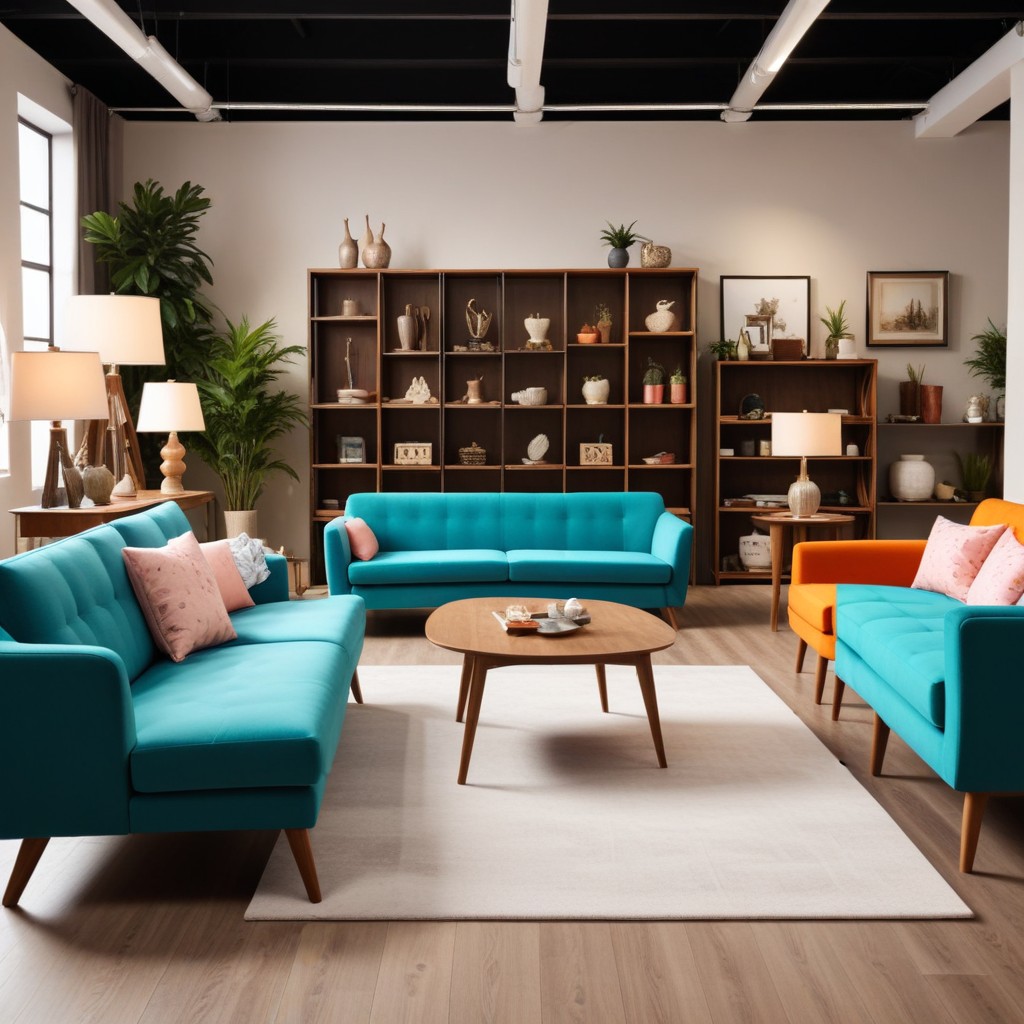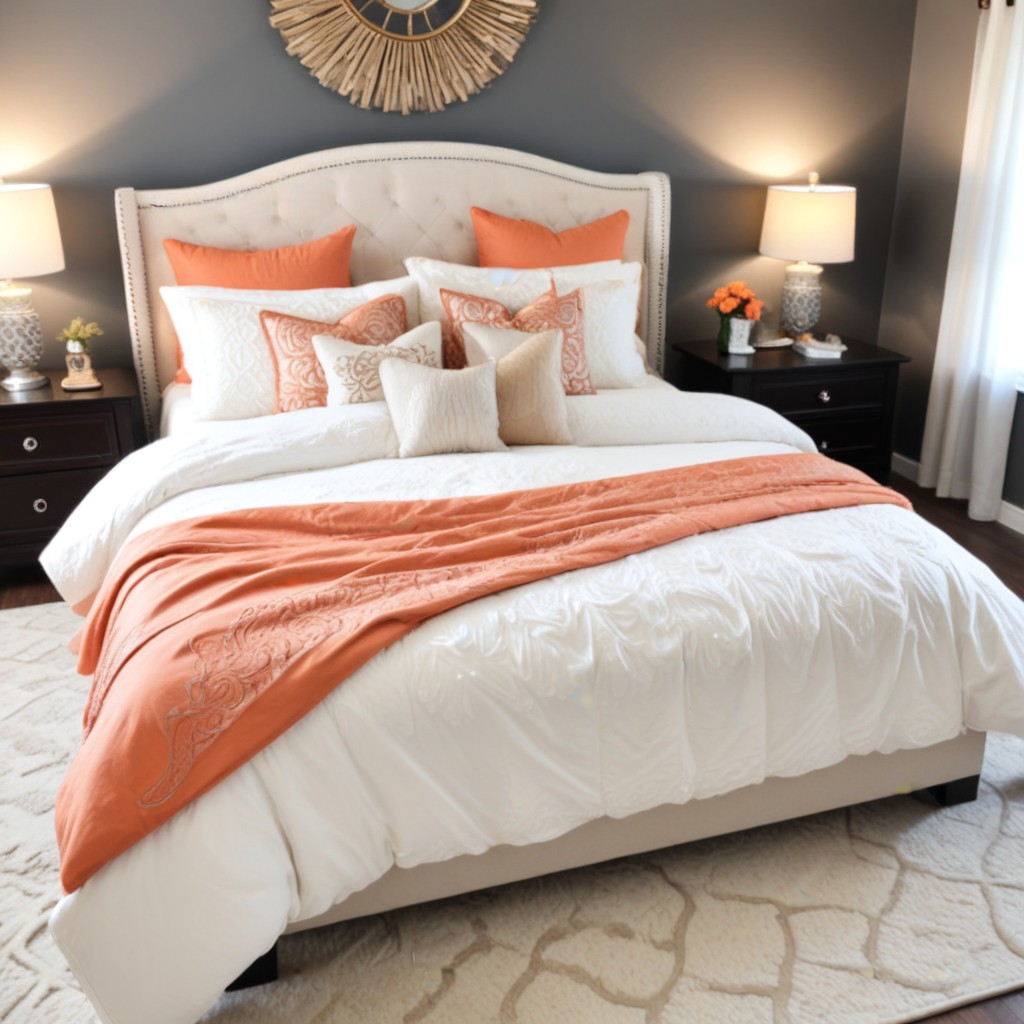-
Table of Contents
Elevate your floorscape with the art of layering rugs.
The Art of Layering Rugs: Enhancing Your Floorscape
Layering rugs is a popular interior design technique that can add depth, texture, and visual interest to any space. By combining different patterns, colors, and textures, you can create a unique and personalized floorscape that enhances the overall aesthetic of your room. In this article, we will explore the art of layering rugs and provide tips and inspiration to help you create a stunning and cohesive look for your floors.
Mixing Patterns: How to Layer Rugs for a Stylish and Coordinated Look
The art of layering rugs has become increasingly popular in interior design, as it adds depth, texture, and visual interest to any space. One of the key techniques in layering rugs is mixing patterns to create a stylish and coordinated look. By carefully selecting and combining different patterns, you can transform your floorscape into a work of art.
When it comes to mixing patterns, there are a few guidelines to keep in mind. First, consider the scale of the patterns. It’s important to choose patterns that vary in size to create a balanced and harmonious look. For example, if you have a large-scale pattern on your base rug, opt for a smaller-scale pattern on the top rug. This contrast in scale will add visual interest and prevent the patterns from competing with each other.
Another important factor to consider is the color palette. When mixing patterns, it’s crucial to choose rugs that share a common color scheme. This will help create a cohesive and coordinated look. You can either select rugs with similar colors or choose complementary colors that work well together. For instance, if your base rug has a neutral color palette, you can add a top rug with pops of vibrant colors to create a focal point.
In addition to scale and color, it’s also important to consider the style of the patterns. Mixing different styles can create a dynamic and eclectic look, but it’s important to ensure that the patterns complement each other. For example, if your base rug has a traditional pattern, you can add a top rug with a more contemporary or geometric pattern to create a visually interesting contrast.
When layering rugs, it’s also important to consider the placement and orientation of the rugs. One popular technique is to place the top rug at a slight angle to create a sense of movement and add visual interest. This technique works particularly well when layering rugs in a living room or bedroom, where the rugs can be positioned to define different areas within the space.
To further enhance the layered look, you can also experiment with different textures. Mixing rugs with different textures, such as a plush shag rug with a flat-woven rug, can add depth and dimension to your floorscape. This combination of textures will not only create a visually interesting look but also add a tactile element to your space.
Lastly, don’t be afraid to experiment and have fun with layering rugs. It’s a creative process that allows you to express your personal style and create a unique and inviting space. Play around with different patterns, colors, and textures to find the combination that works best for your space. Remember, the key is to create a harmonious and coordinated look that enhances your floorscape and adds a touch of style to your home.
In conclusion, mixing patterns is a key technique in the art of layering rugs. By carefully selecting and combining different patterns, you can create a stylish and coordinated look that enhances your floorscape. Consider the scale, color palette, and style of the patterns, and don’t be afraid to experiment with different textures. With a little creativity and attention to detail, you can transform your space into a visually stunning and inviting environment.
Creating Depth and Texture: The Art of Layering Rugs to Add Visual Interest to Your Space
The Art of Layering Rugs: Enhancing Your Floorscape
Creating Depth and Texture: The Art of Layering Rugs to Add Visual Interest to Your Space
Rugs are not just functional pieces that provide warmth and comfort to your floors; they can also be used as a design element to enhance the overall aesthetic of your space. One way to achieve this is through the art of layering rugs. Layering rugs adds depth and texture to your floorscape, creating visual interest and making a statement in your home.
When it comes to layering rugs, there are a few key factors to consider. First and foremost, you need to choose rugs that complement each other in terms of color, pattern, and texture. The goal is to create a cohesive look that doesn’t overwhelm the space. For example, if you have a bold, patterned rug as your base layer, opt for a more neutral, solid-colored rug as the top layer to balance out the design.
In addition to color and pattern, texture is an important element to consider when layering rugs. Mixing different textures adds visual interest and creates a tactile experience underfoot. For instance, you could pair a plush, shaggy rug with a flat-woven rug to create a contrast in texture. This combination not only looks visually appealing but also adds dimension to your floorscape.
Another factor to keep in mind when layering rugs is the size and placement of each rug. The base layer should be larger than the top layer to create a frame for the overall design. Ideally, the base layer should extend beyond the furniture in the room, while the top layer should be slightly smaller and centered within the base layer. This arrangement helps to define different areas within a space and creates a sense of balance.
When layering rugs, it’s important to consider the function of the space. For high-traffic areas such as the living room or entryway, opt for durable rugs that can withstand heavy foot traffic. In contrast, for areas where comfort is a priority, such as the bedroom or cozy reading nook, choose softer, more plush rugs that invite you to sink your feet into them.
One of the benefits of layering rugs is the versatility it offers. You can easily change the look and feel of a room by swapping out the top layer rug. This allows you to experiment with different colors, patterns, and textures without committing to a permanent design. It’s a great way to refresh your space and keep up with changing trends.
In conclusion, the art of layering rugs is a creative way to enhance your floorscape and add visual interest to your space. By carefully selecting rugs that complement each other in terms of color, pattern, and texture, you can create a cohesive and visually appealing design. Remember to consider the size and placement of each rug, as well as the function of the space. With the right combination of rugs, you can transform your floors into a work of art. So go ahead, unleash your creativity, and start layering!
Practical Tips for Layering Rugs: Enhancing Comfort and Functionality in Your Home
The art of layering rugs has become increasingly popular in interior design, as it adds depth, texture, and visual interest to any space. By combining different patterns, colors, and textures, you can create a unique and personalized floorscape that enhances the overall aesthetic of your home. However, layering rugs is not just about aesthetics; it also offers practical benefits such as added comfort and functionality.
When it comes to layering rugs, there are a few key considerations to keep in mind. First and foremost, you need to choose rugs that complement each other in terms of color, pattern, and texture. While it’s important to create contrast and visual interest, you also want to ensure that the rugs harmonize with the rest of your decor. For example, if you have a bold, patterned rug as your base layer, you might opt for a more neutral, solid-colored rug as the top layer to create balance.
In terms of size, the base layer should be larger than the top layer to create a visually pleasing effect. The base layer should anchor the space and provide a foundation for the top layer to sit on. Ideally, the base layer should extend beyond the furniture in the room, creating a cohesive and well-proportioned look. On the other hand, the top layer should be smaller and positioned strategically to highlight certain areas or pieces of furniture.
Another important consideration when layering rugs is the material. Different materials have different textures and qualities, which can add depth and dimension to your floorscape. For example, a natural fiber rug like jute or sisal can add warmth and a rustic touch, while a plush, shaggy rug can create a cozy and luxurious feel. By combining different materials, you can create a visually interesting and tactile experience underfoot.
In addition to aesthetics, layering rugs also offers practical benefits. One of the main advantages is added comfort. Layering rugs can create a soft and cushioned surface, making it more comfortable to walk or sit on. This is especially beneficial in high-traffic areas or rooms where you spend a lot of time, such as the living room or bedroom. By layering rugs, you can create a cozy and inviting atmosphere that encourages relaxation and comfort.
Furthermore, layering rugs can also enhance the functionality of your space. For example, in an open-concept living area, you can use rugs to define different zones or areas. By layering rugs of different sizes and shapes, you can visually separate the dining area from the seating area, creating a sense of structure and organization. This can be particularly useful in small spaces where delineating different areas can be challenging.
In conclusion, the art of layering rugs is a versatile and creative way to enhance your floorscape. By carefully selecting rugs that complement each other in terms of color, pattern, and texture, you can create a visually interesting and personalized look. Additionally, layering rugs offers practical benefits such as added comfort and functionality. Whether you’re looking to add warmth and texture or define different areas in your home, layering rugs is a design technique that can transform your space into a stylish and inviting haven.In conclusion, the art of layering rugs can greatly enhance the aesthetic appeal of a floorscape. By combining different textures, patterns, and colors, layering rugs adds depth and visual interest to a room. It also allows for customization and flexibility in design, as rugs can be easily rearranged or replaced. Whether used to define separate areas within a space or to create a cozy and inviting atmosphere, layering rugs is a versatile technique that can elevate the overall look and feel of any room.








